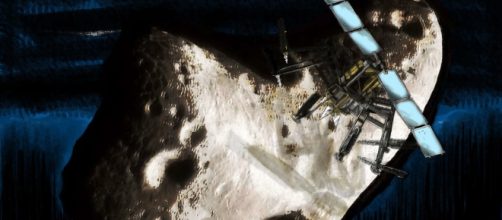Deep Space Industries has announced the development of two spacecraft, Prospector-X, and Prospector-1, as the start of what it hopes of becoming a thriving asteroid mining business commencing in the 2020s. The two tiny spacecraft are being built with partial investment from the government of Luxembourg, which has made a big bet that asteroid mining is an industry of the future.
Prospector-X is scheduled for launch in 2017. The spacecraft will fly to low Earth orbit to test systems for Prospector-1 when it is launched in 2020.
Prospector-1 is slated to be launched in 2020.
It is a 50-kilogram spacecraft that uses superheated water as propellant. The idea is that since water is prevalent in many asteroids, using it directly as fuel would allow future spacecraft to refuel from deposits found in these swarming celestial bodies. The arrangement is much simpler than taking the intermediate step of refining water into rocket fuel and the using it in conventional engines.
Prospector-1 will carry optical sensors, a neutron spectrometer, a solar array, and deep space communication equipment. The spacecraft will leave low Earth orbit to rendezvous with an asteroid to be selected later. After using its remote sensors to map the asteroid’s water content, Prospector-1 will land on the target rock and then examine its geophysical and geotechnical characteristics.
Deep Space Industries and its competitor Planetary Resources are betting that the trillions of dollars worth of resources that exist in Earth-approaching asteroids will make mining them profitable, giving a cheap enough way to access the celestial bodies. Deep Space Industries believes that many of the customers for asteroid based resources will reside in space.
For instance, NASA, other national space agencies, and commercial companies would buy rocket fuel derived from water mined from asteroids. Asteroid material could be used to build structures in space, including satellites, solar power stations, and, eventually, space colonies. Deep Space Industries has developed a 3D printer called the MicroGravity Foundry. Platinum group metals, used in a lot of high-tech products, might be costly enough to make bringing them to Earth profitable.

